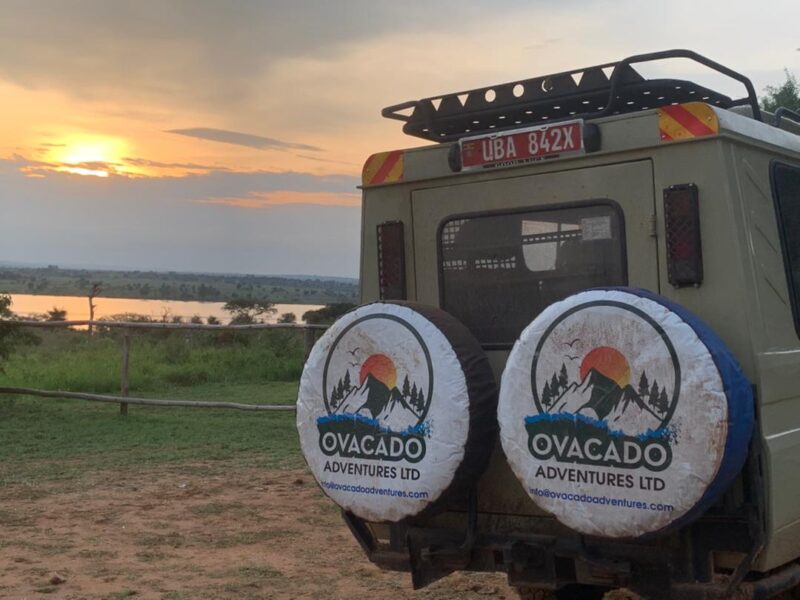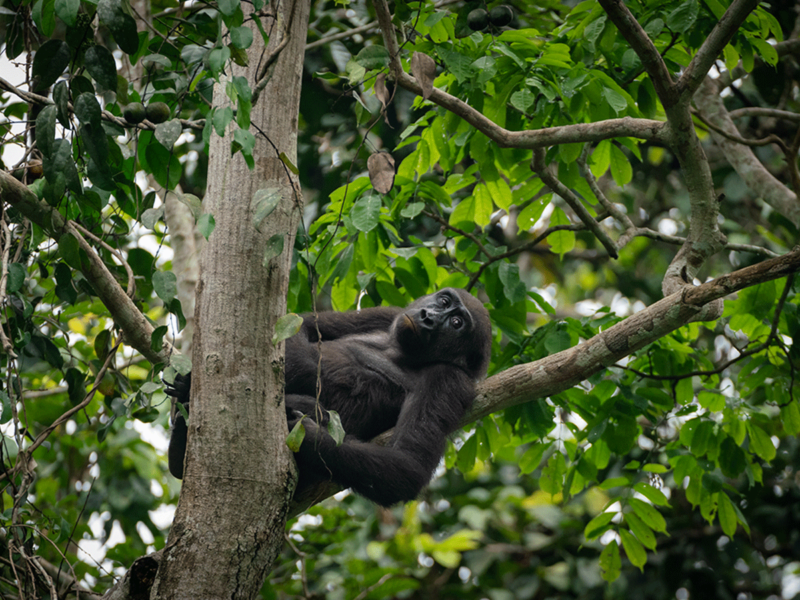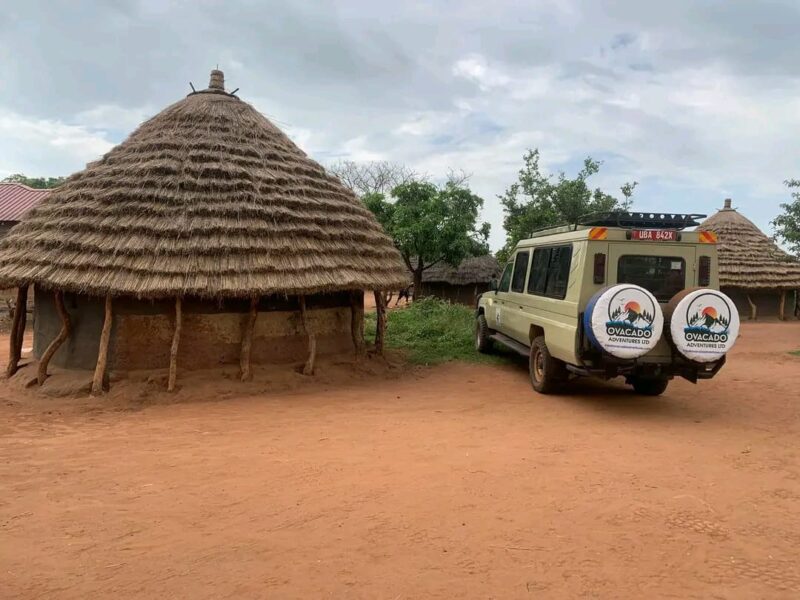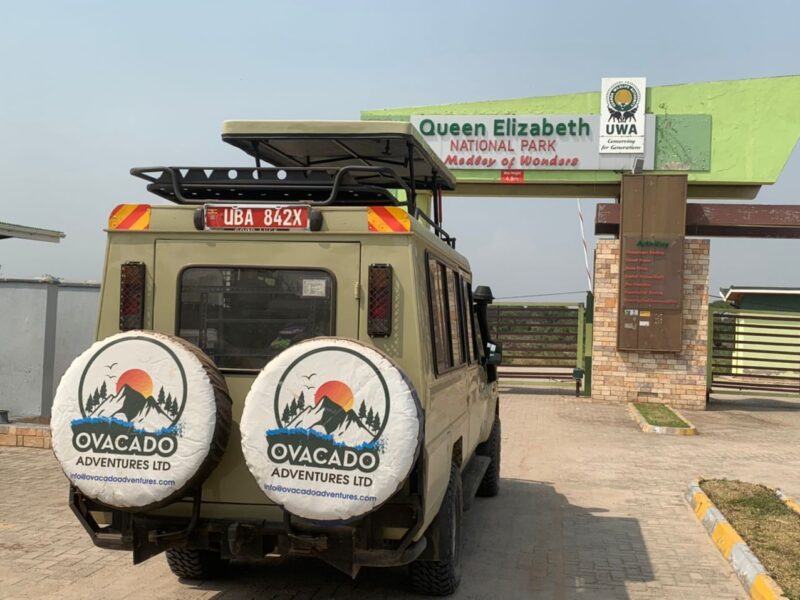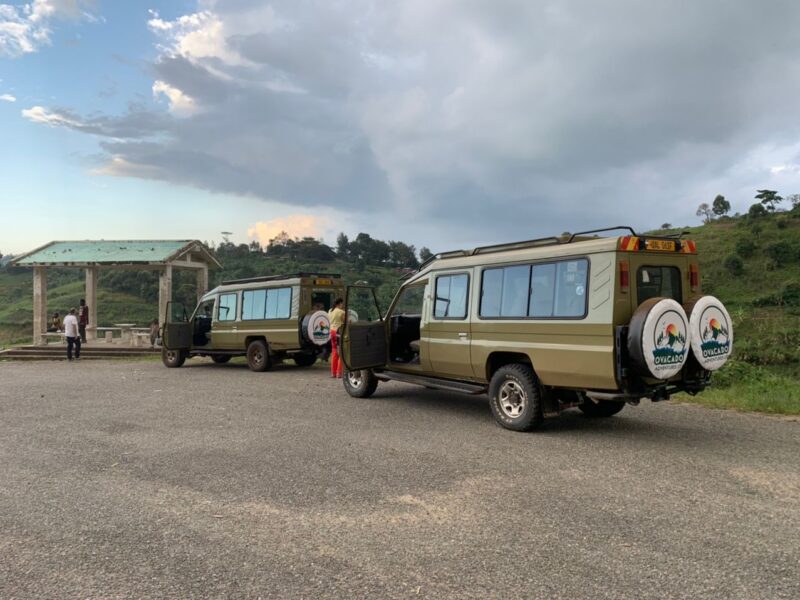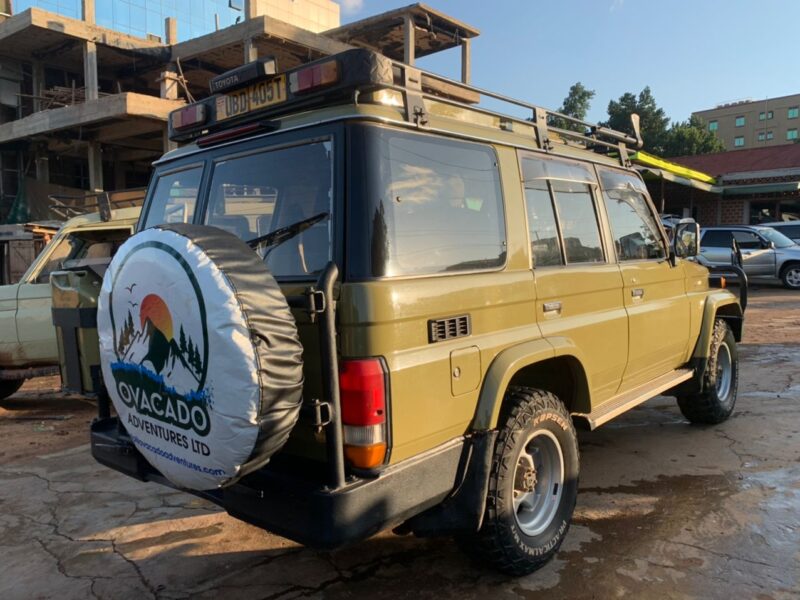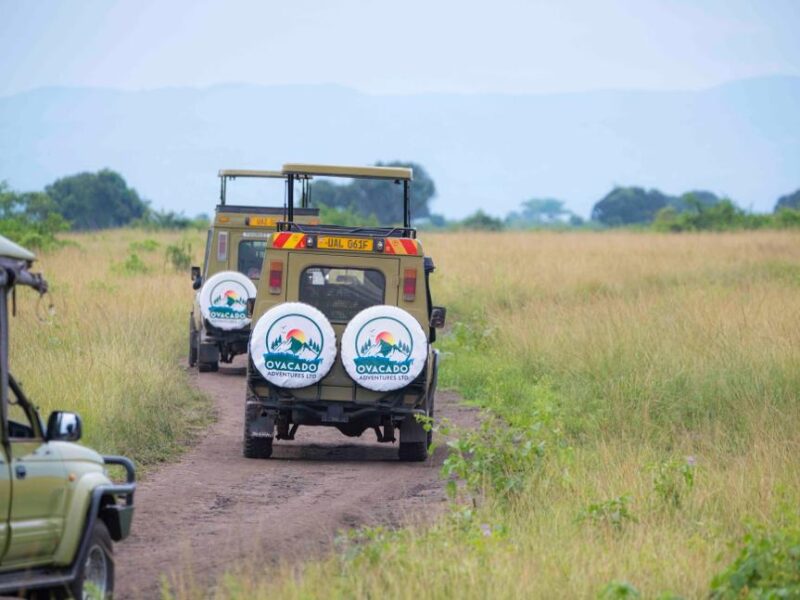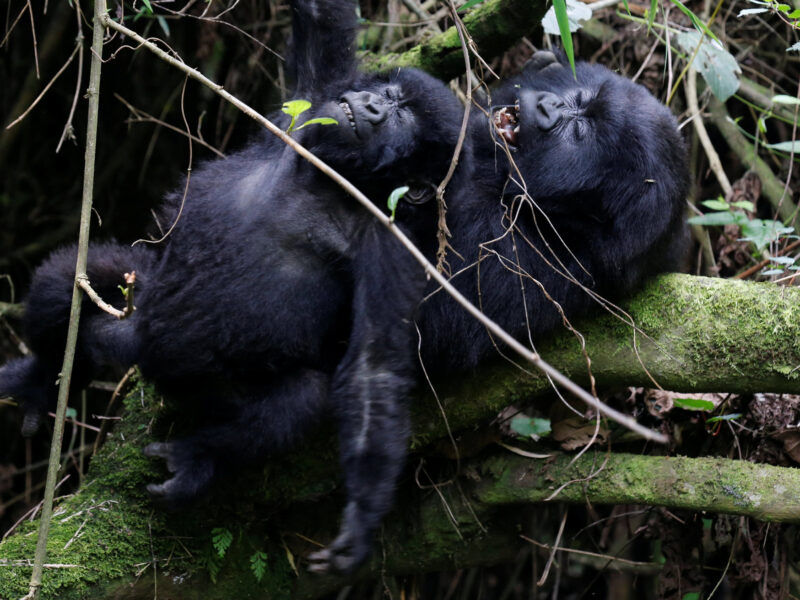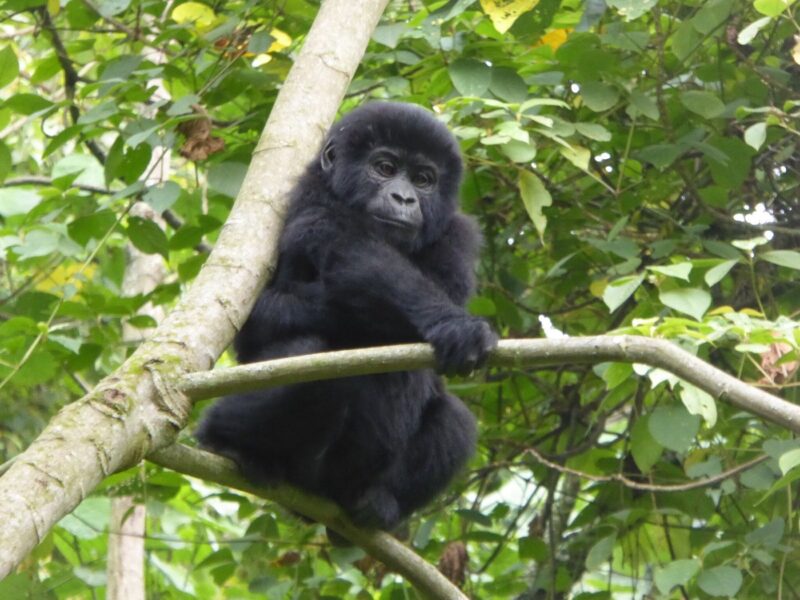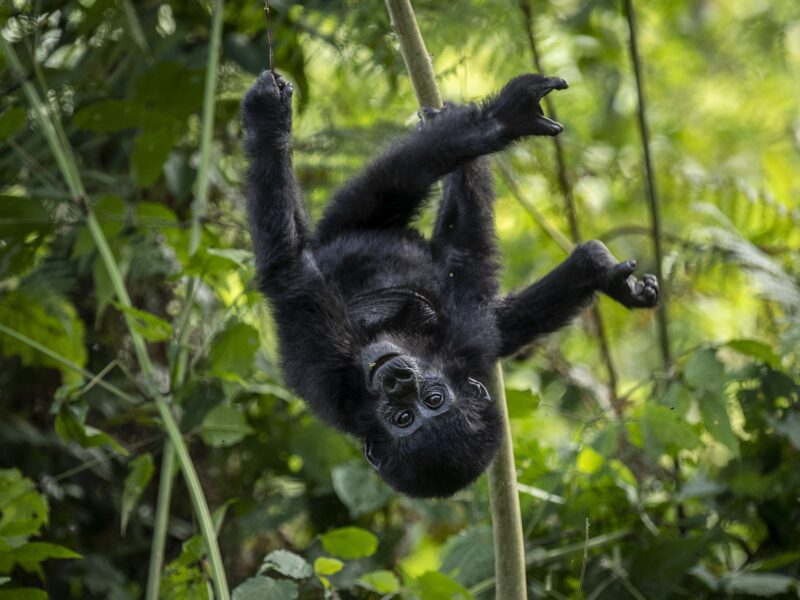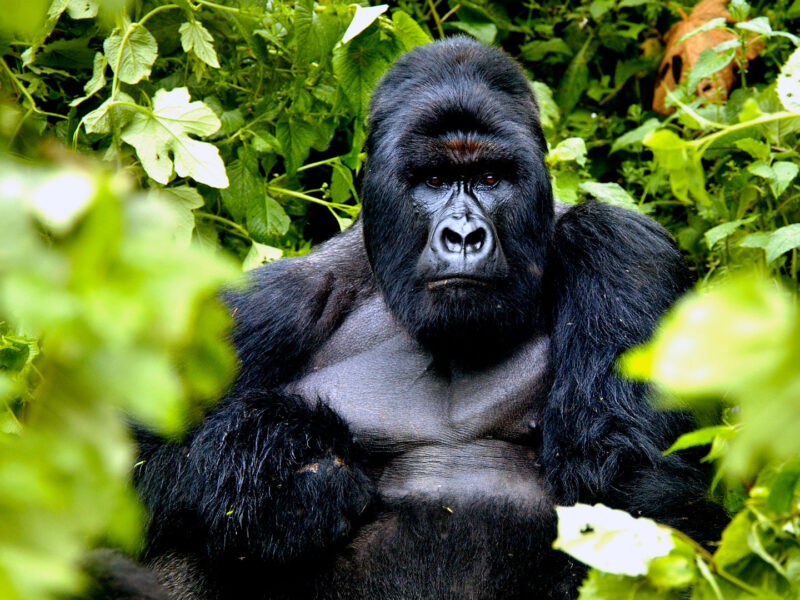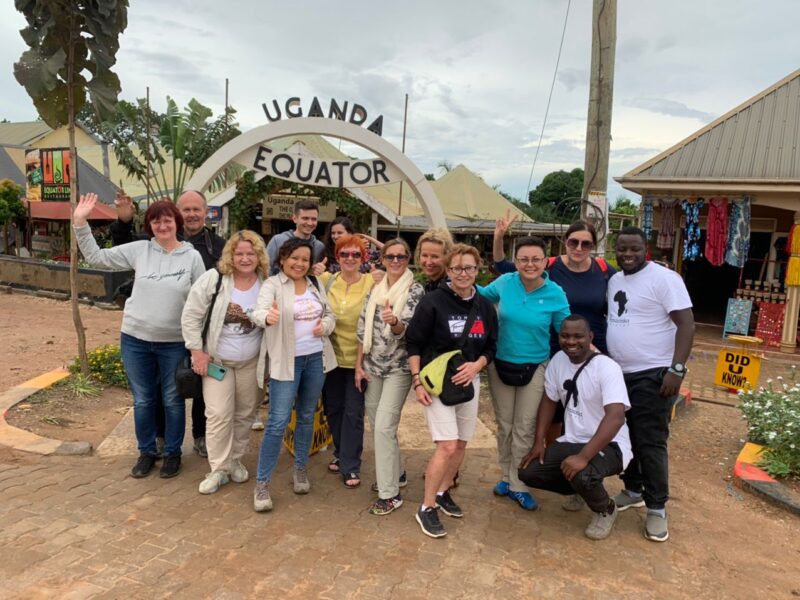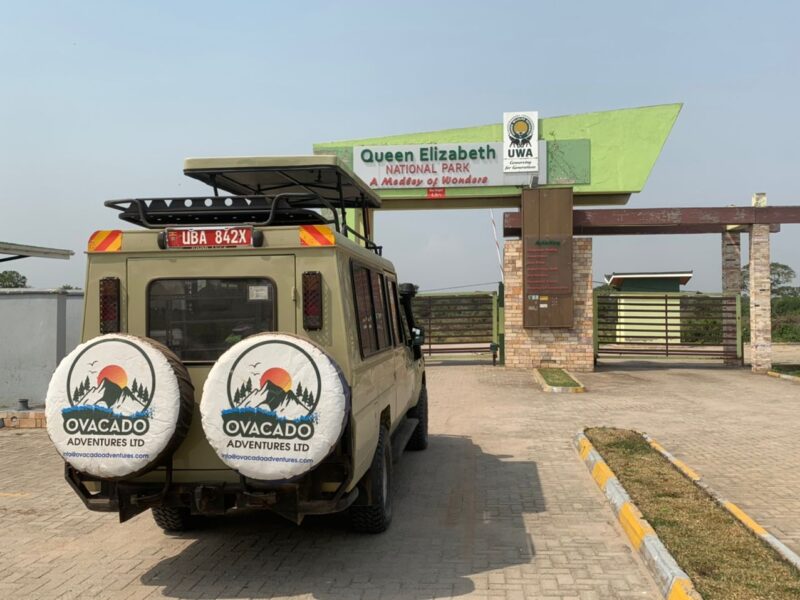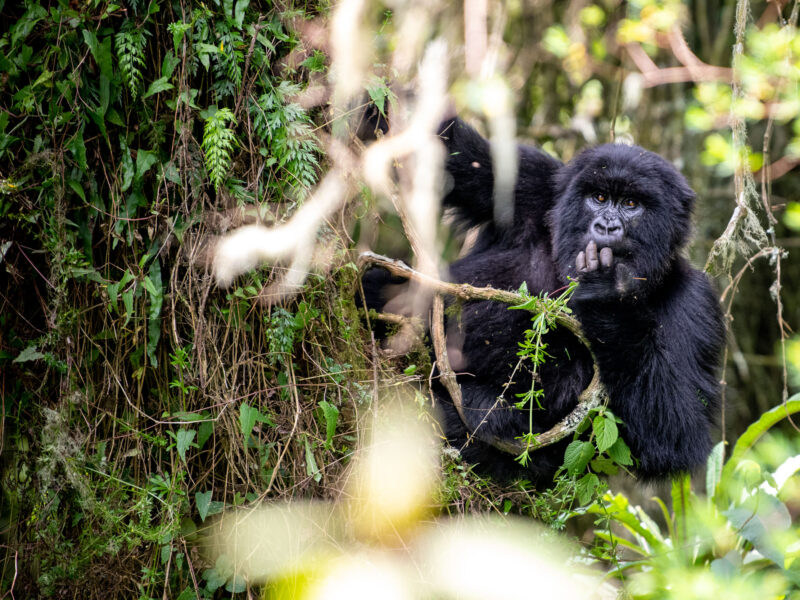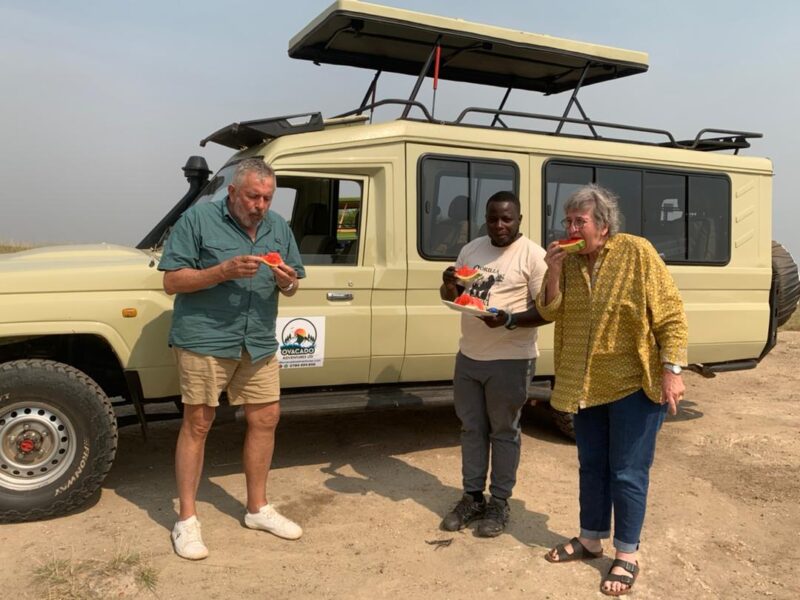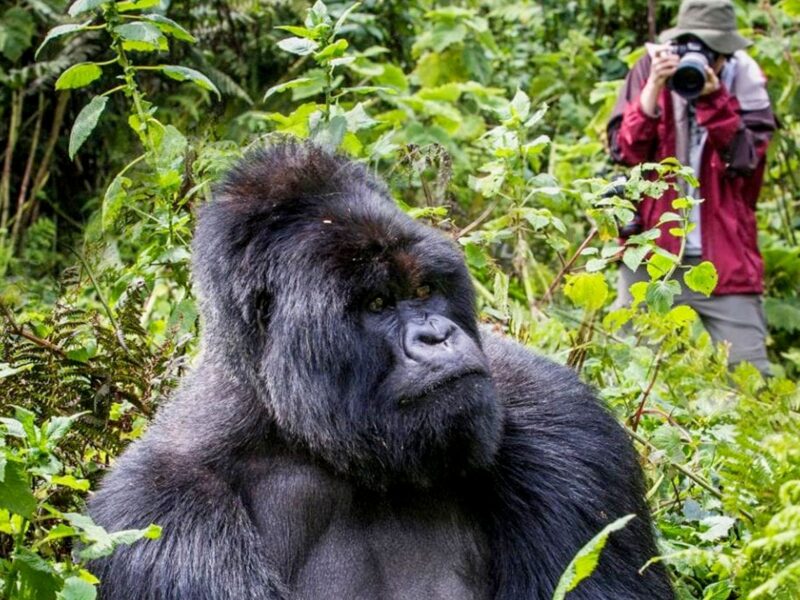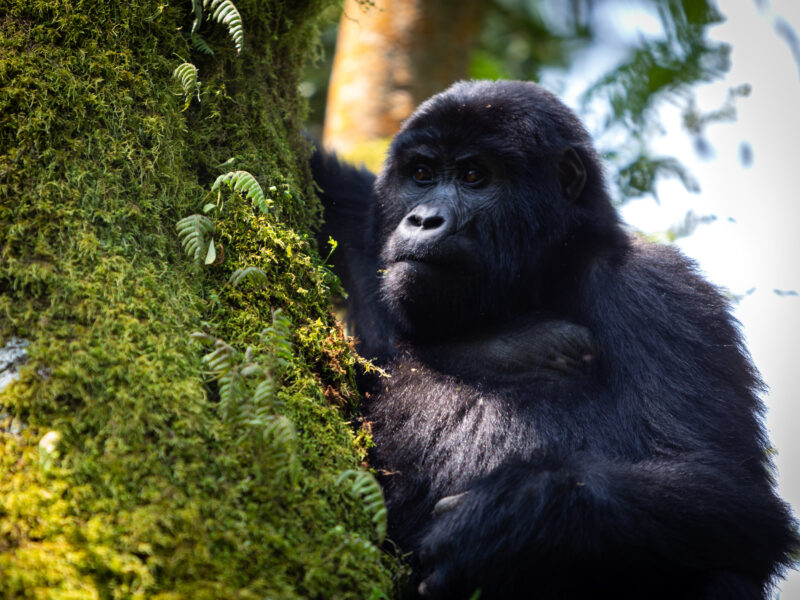Bwindi Impenetrable Forest National Park. Gorilla Trekking in Uganda
Bwindi Impenetrable Forest National Park is a renowned national park located in southwestern Uganda. It is part of the larger Bwindi Impenetrable Forest, a UNESCO World Heritage Site known for its incredible biodiversity and unique ecosystem.
Here’s some key information about the park:
Location
Bwindi Impenetrable National Park is situated in the southwestern region of Uganda, near the border with the Democratic Republic of Congo. It covers an area of approximately 331 square kilometres (128 square miles).
Biodiversity
The Park is most famous for being home to almost half of the world’s remaining population of endangered mountain gorillas. It is estimated that around 400 gorillas inhabit the park, making it a prime destination for gorilla trekking and conservation efforts. Besides gorillas, Bwindi also hosts other primate species like chimpanzees, black-and-white colobus monkeys, and various monkey species.
Flora and Fauna
Bwindi Impenetrable Forest National Park features a diverse range of habitats, including dense montane rainforests, bamboo forests, and open grasslands. The park boasts more than 1,000 flowering plant species, including numerous orchid species, ferns, and trees. It is also home to over 120 mammal species, including forest elephants, duikers, and various bat species.
Gorilla Trekking
One of the primary attractions of Bwindi Impenetrable Forest National Park is gorilla trekking. Visitors can participate in guided treks through the forest to observe and spend time with habituated gorilla groups. This unique experience offers a rare opportunity to witness these majestic creatures in their natural habitat, contributing to their conservation and generating income for the local communities.
Conservation and Community Involvement
Bwindi Impenetrable National Park plays a vital role in gorilla conservation efforts. The park collaborates with local communities to promote sustainable tourism practices and support community development initiatives. Revenue generated from gorilla trekking permits contributes to the protection of the park’s ecosystem and helps improve the livelihoods of local communities.
Accessibility
Bwindi Impenetrable Forest National Park is accessible by road and air. The nearest major town is Kabale, located about 50 kilometres (31 miles) from the park’s boundaries. The closest airport is in Entebbe, which is approximately a 9-10 hour drive away. Domestic flights are available from Entebbe to Kihihi or Kisoro, from where visitors can travel to the park.
It’s important to note that the information provided is up to my knowledge cutoff in September 2021. It’s advisable to check for the latest updates and guidelines if you plan to visit Bwindi Impenetrable National Park.
Gorilla Trekking in Bwindi Impenetrable Forest National Park
Gorilla trekking in Bwindi Impenetrable Forest National Park is a highly sought-after experience for nature and wildlife enthusiasts. Here’s some information about gorilla trekking in Bwindi:
Gorilla Groups
Bwindi Impenetrable National Park is home to several habituated gorilla groups that have become accustomed to human presence. These groups are carefully monitored and protected to ensure their well-being. Currently, there are about 18 habituated gorilla groups available for trekking in different sectors of the park.
Permits and Regulations
Gorilla trekking in Bwindi requires obtaining a permit from the Uganda Wildlife Authority (UWA). These permits are limited in number to minimize disturbance to the gorillas and protect their habitat. It is advisable to book permits well in advance, as they can be in high demand.
Trekking Experience
Gorilla trekking involves hiking through the dense forest in search of a specific gorilla group. The treks can vary in duration, ranging from a few hours to a full day, depending on the location of the gorillas. The terrain can be challenging, with steep slopes, thick vegetation, and uneven paths. It is recommended to be physically fit and prepared for a moderate level of physical exertion.
Gorilla Encounter
Once the gorilla group is located, visitors spend a strictly regulated and limited amount of time (usually one hour) observing the gorillas from a close but safe distance. This offers a unique opportunity to witness their behaviour, interactions, and daily routines. It’s important to follow the guidelines provided by the park authorities to ensure the safety of both visitors and the gorillas.
Best Time to Go to Bwindi Impenetrable National Park
Gorilla trekking is possible throughout the year in Bwindi Impenetrable Forest National Park. However, the dry seasons, from June to September and December to February, are generally considered more favourable due to better hiking conditions. During the rainy season, from March to May and October to November, the trails can be muddy and slippery, making trekking more challenging.
Preparation and Requirements
It is recommended to wear sturdy, waterproof hiking boots and carry essentials such as insect repellent, rain gear, a hat, sunscreen, and a packed lunch. Hiring a porter is also advisable, as they can assist with carrying bags and provide support during the trek. It is crucial to follow the park’s guidelines to minimize the risk of transmitting diseases to the gorillas, such as maintaining a safe distance, covering the mouth and nose when sneezing or coughing, and avoiding direct eye contact with the gorillas.
Gorilla trekking in Bwindi Impenetrable Forest National Park offers a remarkable opportunity to connect with these magnificent creatures in their natural habitat while contributing to their conservation. It is an experience that is likely to leave a lasting impression and foster a greater appreciation for the importance of protecting these endangered species.

